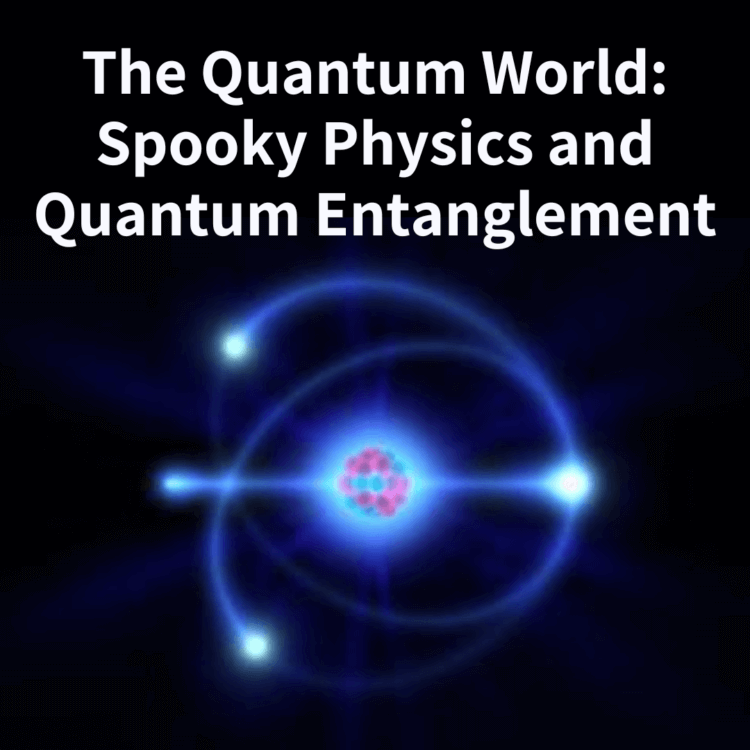Quantum Mechanics Basics:
Quantum mechanics is a fundamental theory in physics that describes the behavior of particles at the quantum level, which includes atoms and subatomic particles like electrons and photons.
In the quantum world, particles can exist in multiple states simultaneously, known as superposition. This means that properties like position, momentum, and spin are not precisely determined until they are measured.
Particles in the quantum world are described by wavefunctions, which represent the probability distribution of a particle’s properties.
Quantum Entanglement:
Quantum entanglement is a phenomenon where two or more particles become correlated in such a way that the properties of one particle are dependent on the properties of another, even when they are separated by large distances.
When particles become entangled, their states are linked, and measuring one particle instantaneously determines the state of the other(s), regardless of the distance between them. This effect appears to violate the principle of locality, which suggests that distant objects can’t have instantaneous influence on each other.
Einstein-Podolsky-Rosen (EPR) Paradox:
Bell's Theorem:
In the 1960s, physicist John Bell proposed a theorem and experiments to test whether quantum entanglement truly involved hidden variables or “spooky action at a distance.” Bell’s experiments showed that the correlations between entangled particles could not be explained by classical physics with hidden variables.
This provided strong experimental evidence that quantum entanglement is a real phenomenon, and it challenged classical notions of causality and locality.
Applications and Quantum Computing:
Quantum entanglement has practical applications in fields like quantum cryptography, where it’s used to ensure secure communication by detecting any eavesdropping attempts.
Quantum computing also exploits the principles of superposition and entanglement to perform certain calculations much faster than classical computers. This technology has the potential to revolutionize fields like cryptography, optimization, and material science.
While quantum entanglement and the spooky aspects of quantum physics challenge our classical understanding of reality, they also open up exciting possibilities for technology and scientific exploration. Researchers continue to study these phenomena, and as our understanding deepens, we may uncover even more mysterious and intriguing aspects of the quantum world.










No Comments
Leave Comment